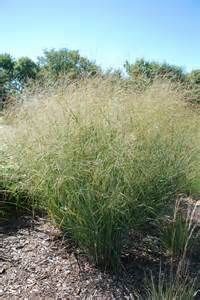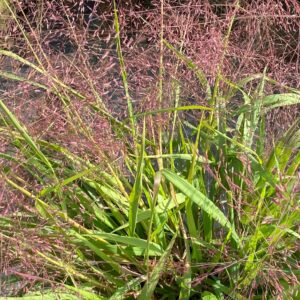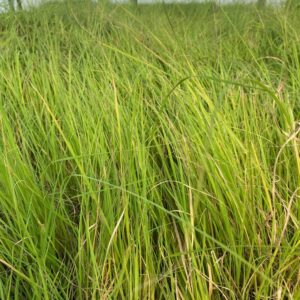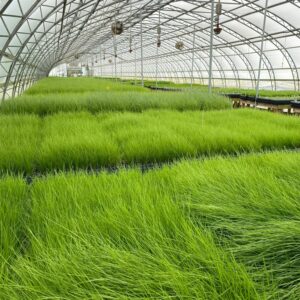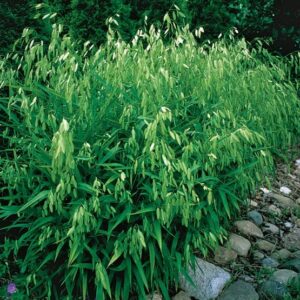- Ph: (631) 801-2855
- All Visits by Appointment Only
- info@linatives.com
- My Account
A tall, erect, stiff perennial grass arising from long subsurface rhizomes. A leaf cluster surrounds an elongated flowering spike, unlike other beach grasses.
American Beach Grass, the most common dune plant along much of the Atlantic Coast, is important as a dune stabilizer, for it can withstand burial within a shifting dune by sending up vertical rhizomes that produce new emerging stems. This plant’s rhizome mat is both horizontal and vertical, and its roots over 20’ deep beneath the sand, thus serving to knit a dune together. One of the first plants to appear where sand dunes are forming on a shoreline. As sand builds up around the new grass, the stems grow higher. Old stems become roots which can eventually extend 3-4 m below the top of a sand dune. Can be found on the Atlantic coast and the lower Great Lakes.
$9.99 – $99.99
Please note: Most pictures represent mature plants. Unless otherwise specified, all of our plants are sold in 4″ pots to make shipping possible and will mature in time.
Learn more about how the process works and how our plants are delivered.



| Native | |
|---|---|
| Sunlight | |
| Moisture | |
| Wetland Indicator | |
| Special Attributes | |
| Size | 1 Gallon, 1 Quart, Full Flat (50) 2" Plugs |
A tall, erect, stiff perennial grass arising from long subsurface rhizomes. A leaf cluster surrounds an elongated flowering spike, unlike other beach grasses.
American Beach Grass, the most common dune plant along much of the Atlantic Coast, is important as a dune stabilizer, for it can withstand burial within a shifting dune by sending up vertical rhizomes that produce new emerging stems. This plant’s rhizome mat is both horizontal and vertical, and its roots over 20’ deep beneath the sand, thus serving to knit a dune together. One of the first plants to appear where sand dunes are forming on a shoreline. As sand builds up around the new grass, the stems grow higher. Old stems become roots which can eventually extend 3-4 m below the top of a sand dune. Can be found on the Atlantic coast and the lower Great Lakes.
